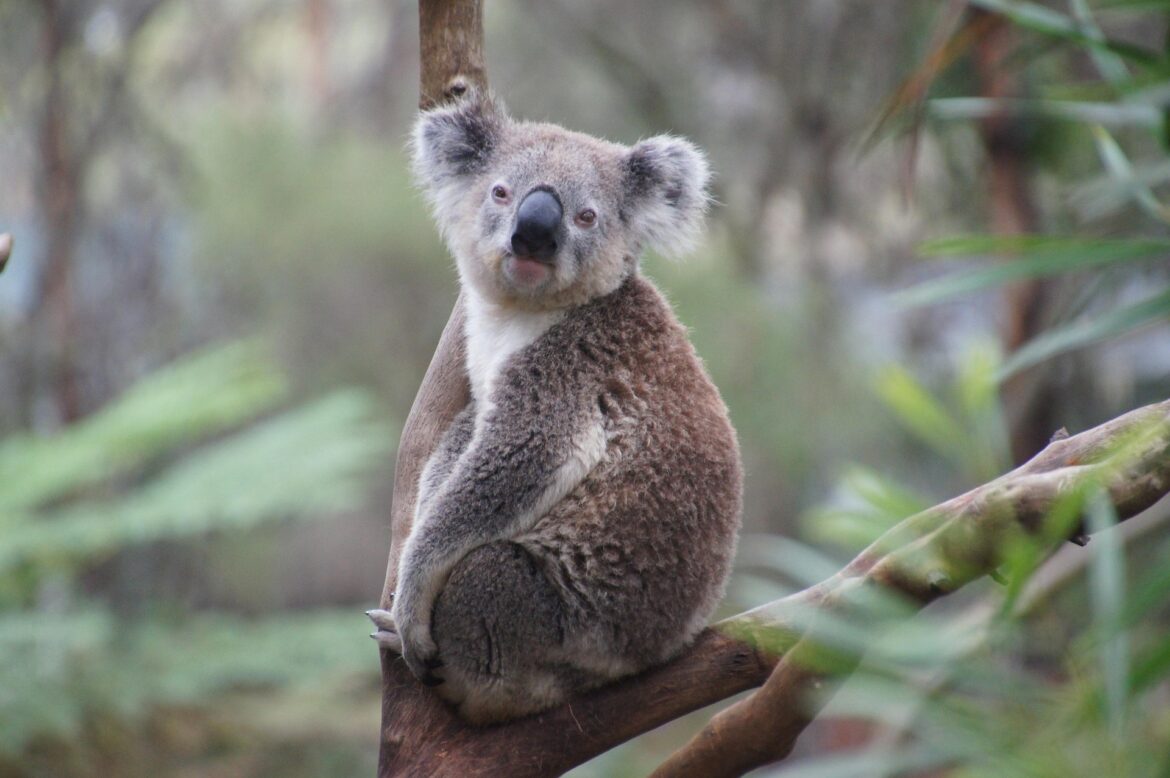At the Bonorong Wildlife Sanctuary in Tasmania visitors observe unique species, such as, the endangered Tasmanian Devil, kangaroos, koalas and blue-tongued skinks. This is a renowned park for both conservation and education. I enjoyed my interactive tour and love sharing my experience. So, read on to learn about what to expect from a Bonorong Wildlife Sanctuary Tour.
Bonorong Wildlife Sanctuary
Near Hobart, this sanctuary is home to wildlife, such as, kangaroos, wombats, koalas, quolls, cockatoos, Tawny Frogmouths and Tasmanian Bettongs. Additionally, it’s home to the endangered Tasmanian Devil. Moreover, they have run a Tasmanian Devil breeding program for more than 20 years. The organization, also, runs Tasmania’s largest 24/7 wildlife rescue service.
The name ‘Bonorong’ is an Aboriginal word, meaning ‘native companion.’ The sanctuary humbly acknowledges that the Mumirimina people originally owned the land and became extinct by the Tasmanian colonial period.
The sanctuary offers day and nighttime interactive tours, with free kangaroo food to feed the free-roaming ‘roos.’ Also, the Bonorong Food Hut, serves plant-based food during the day.
Tasmanian Devil Background
As the world’s largest surviving carnivorous marsupial, Tasmanian Devils only remain on the island of Tasmania. There short-squatty build, just 30 cm high at the shoulder, is doesn’t compare to their ferocity. They are known for their nocturnal nature, strong jaw and voracious appetite. It is said that whatever they eat, nothing remains, including bones.
Once widespread throughout Australia, they are now endangered due to the deadly Devil Facial Tumour Disease (DFTD). Since 1996, this transmissible disease spread by biting, decimating their population. This is why the conservation and sanctuaries are so important to prevent extinction of this unique species.
My Bonorong Wildlife Sanctuary Tour
My 2-hour Group Day Tour was both informative and fun. And for me, the most important part, is that I also got free time to explore on my own. All my photos in this blog are from my sanctuary experience. I saw up close the wombats, koalas, blue-tongued skinks, tawny frogmouths, quolls, cockatoos and of course, the Tasmanian Devils.
Additionally, I enjoyed feeding the free-roaming kangaroos. My overall sense is that the animals were happy here and didn’t feel the restrictions like in most zoos. This is a wonderful place for families, as the kids get to learn about and interact in a safe manner with some animals.
What Can You Do to Conserve Wildlife?
This sanctuary is the real deal and a wonderful place for both education and conservation. Conservation of our wildlife can seem like an overwhelming challenge, with questions on what can we as individuals do? Therefore, I conclude with a link from Bonorong’s website on what you can do. What Can I Do? Even more, the sanctuary offers a free course on how to rescue wildlife. If we all do a little, it adds up to a lot for our Bonorong or native companions.
Read More!
Iconic Sydney Travel Highlights – The Gateway to Australia
Awesome Outback Attractions near Alice Springs, Australia








